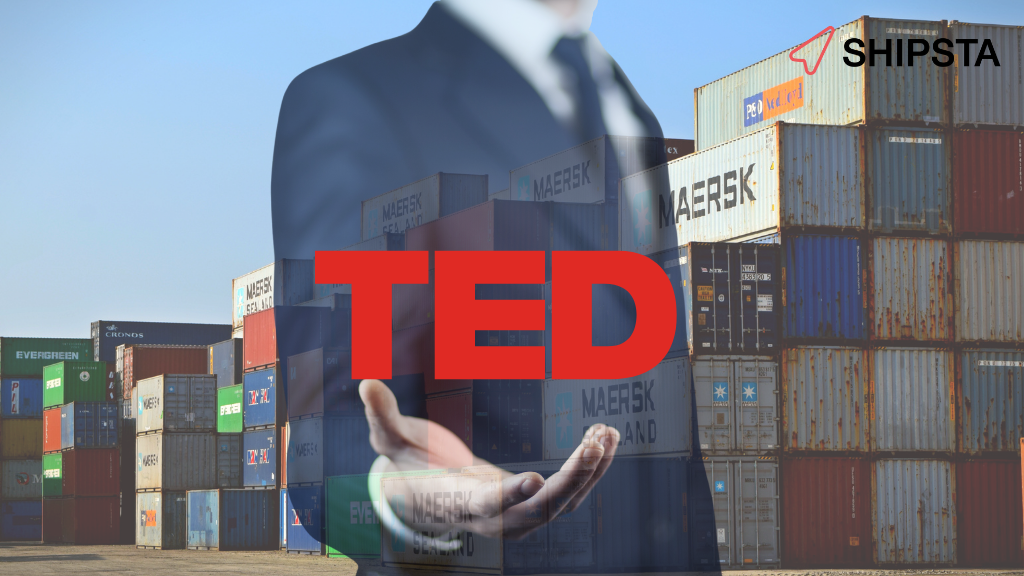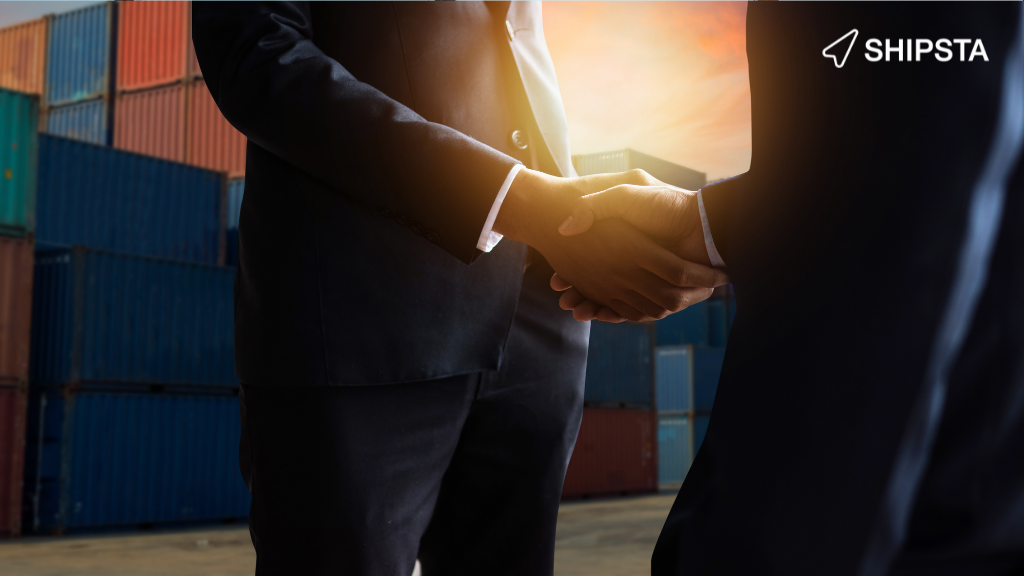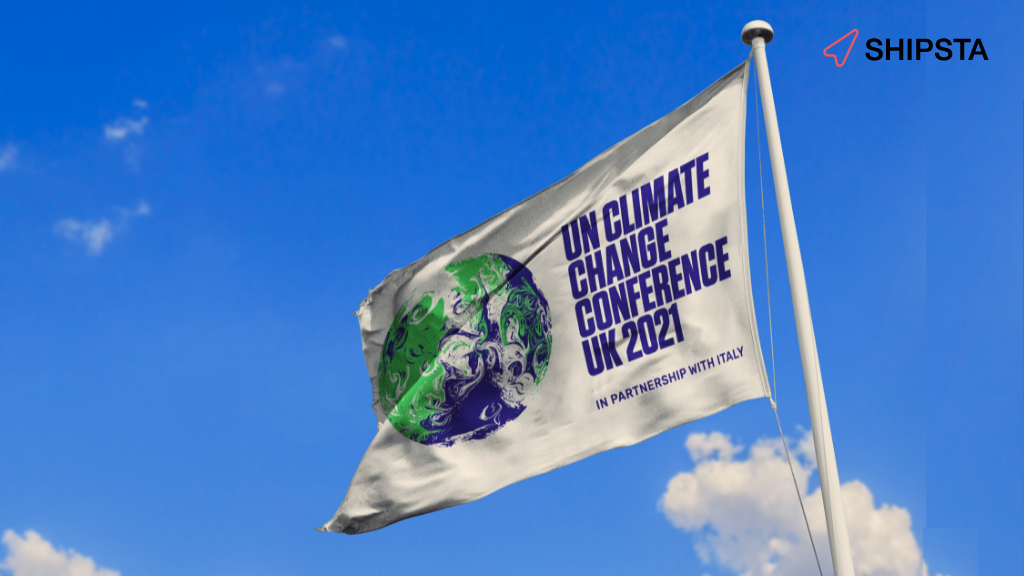How can you help your company place highly on sustainability rankings?
You can’t afford to be the carbon-heavy cog in the corporate wheel – consumers and investors are all paying attention to supply chain emissions. So you need to ask yourself: "If someone asks how we're reducing transport emissions, is my answer good enough?”
It might seem like a mammoth task - but don’t worry - proving your green credentials isn’t as tough as it seems at first glance. Here are some smart strategies to proactively reduce your corporation's emissions and stand out as a leader in sustainability.
Measure your current emissions by brand
If you want to prove you’re reducing your emissions, you first need to know your current CO2 level - so you can set goals against it. And with consumers looking at both individual brand and parent company emissions, it’s important you have emissions figures for every company entity.
Managing the freight procurement for your entire corporation on one unified platform makes this easy. You can create individual profiles on the platform for each brand, so each one has bespoke shipping requirements built into the software. And when you want to learn how your entire corporation’s strategy is running, you can use a corporate control tower that gives a complete overview of all your shipping activities.
You can use these features to see the CO2 emissions for each brand and the whole corporation any time you like – no manual calculations required.
If you’ve already started reducing your CO2, you could also calculate a historical figure to work from using the past rate sheets stored in your database.
Publish a sustainability report for each brand
A great corporate sustainability strategy needs two things: accountability and transparency. Corporate leaders in sustainability publish reports on their CO2 emissions to ensure they achieve this.
Publishing a public report that breaks down your emissions by source ensures you hold every department to account - so they're more likely to hit their CO2 targets. Reports also ensure you create transparency with your customers, many of whom are looking for this information from their favourite brands.
When it comes to sustainability, no news is not good news. Visibility into carbon emissions (even when they’re high) is better than no information at all. For example, ethical brand scoring site Good On You, rated fast-fashion giant H&M higher than high-end handbag designer Michael Kors. H&M scored higher because they have good transparency of their suppliers and supply chain. Whereas the site criticized Michael Kors for providing little evidence that they’re actually working towards their sustainability targets.
Sites like this, and other media outlets, are measuring individual brands on their parent company’s sustainability scorecard too. So to become a leader, you need to provide transparency throughout your entire organization.
Choose lower-emission carriers
This point might seem obvious in a blog about improving transport sustainability. But the trouble is, it can be hard for your team to know how to practically reduce emissions before the procurement stage.
Here are three ways to choose lower-emission carriers:
1. Partner with a carrier committed to reducing your CO2 – BMW is a famous example of this. They partnered with shipping line Maersk to develop sustainable shipping fuel and reduce emissions on their car shipments by 25%.
2. Choose lower carbon modes of transport – This is a key part of Ikea’s sustainable strategy. They’re replacing parts of their road transport with greener rail transport.
3. Prioritise low-carbon carriers at the procurement stage – If you use a sustainable freight procurement platform, your team can instantly identify which carriers have the lowest emissions. You can build custom scenarios for each of your brands that balance sustainability with your other must-have requirements.
Want to test out software like this? Our consultants can show you around Shipsta’s sustainability platform Planet. Book a call to learn more.
Get global visibility over each brand’s sustainable strategy
How many people are involved in your company’s logistics procurement strategy globally? Tens, hundreds, thousands? Staying informed on what every team and brand is doing is a mammoth task, especially when it comes to the complex issue of sustainability.
But if you don’t know your teams are on track to hit their sustainability goals, how can you help them adjust their strategy and push to ensure they do? Having this information can be the difference between success and failure.
Shipsta’s Control Tower gives you a complete overview of each brand’s procurement data in a clear and adjustable dashboard. You can get all the information you need about the progress of your team’s sustainability strategy at the click of a button.
Want to start your journey to carbon neutral with smart sustainable tech? Learn more about our sustainability solution, ShipstaPLANET, below.
SHIPSTA is a digital platform that connects shippers and carriers to ensure a frictionless procurement process for spot and contract buying. It automates complex tasks, provides unrivalled visibility and supports fast data-driven decision making.
Designed and built by experts in logistics procurement, SHIPSTA is bringing transparency, automation and efficiency to the global logistics industry. It is used by some of the world’s largest companies to respond to market volatility, control freight costs and manage risk. The company was founded in 2015 and is based in Mertert, Luxembourg and Hamburg, Germany.



